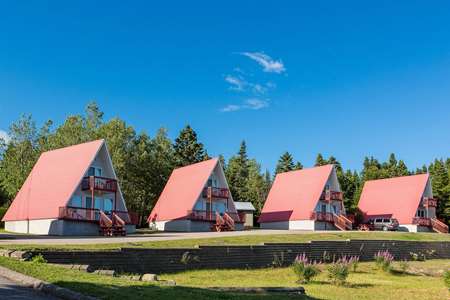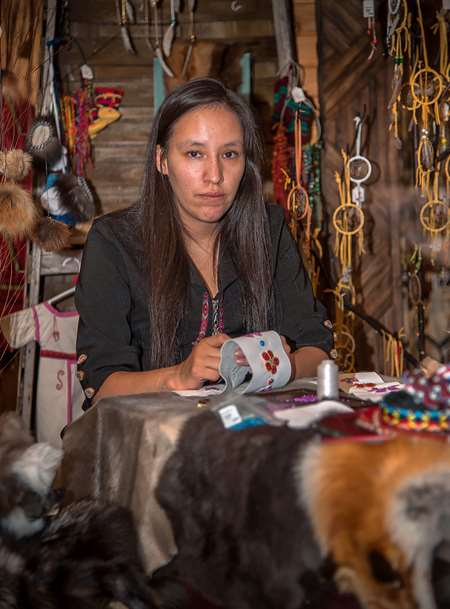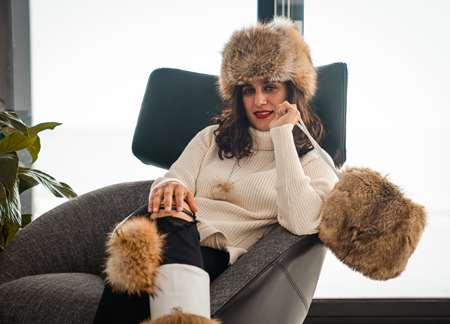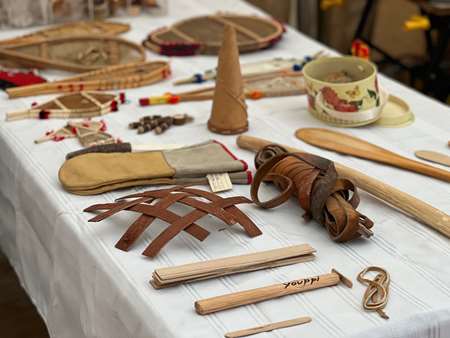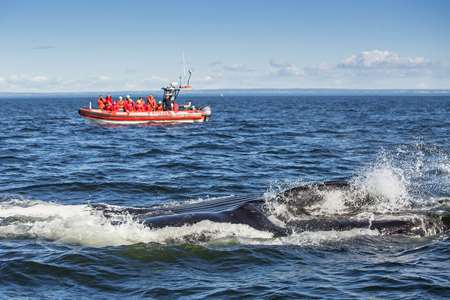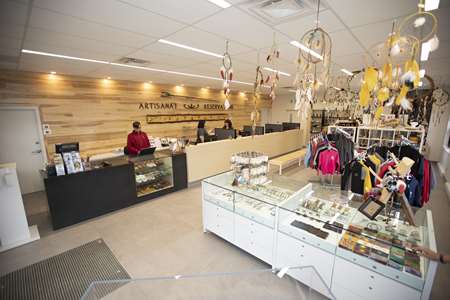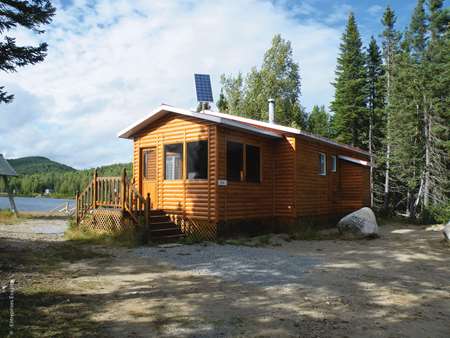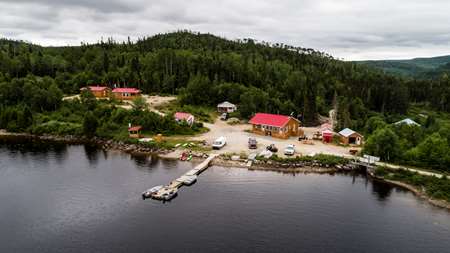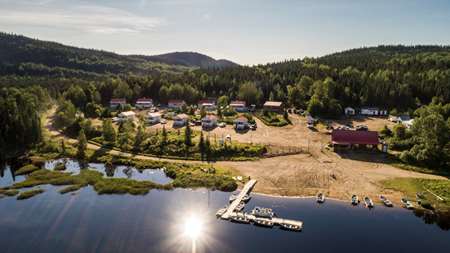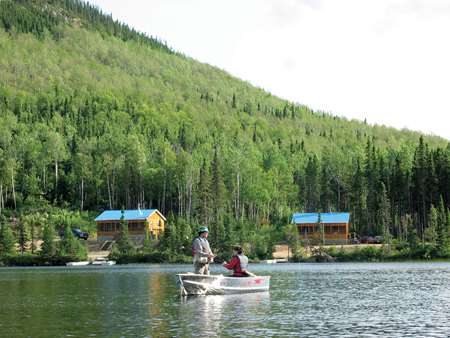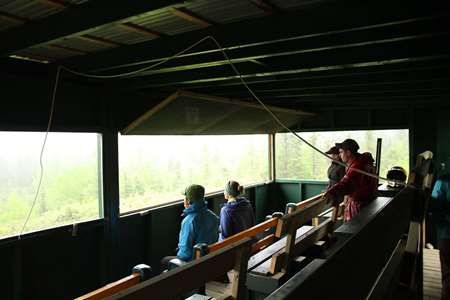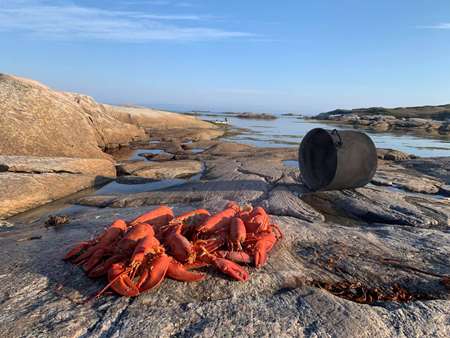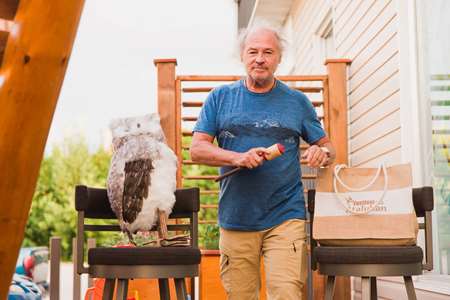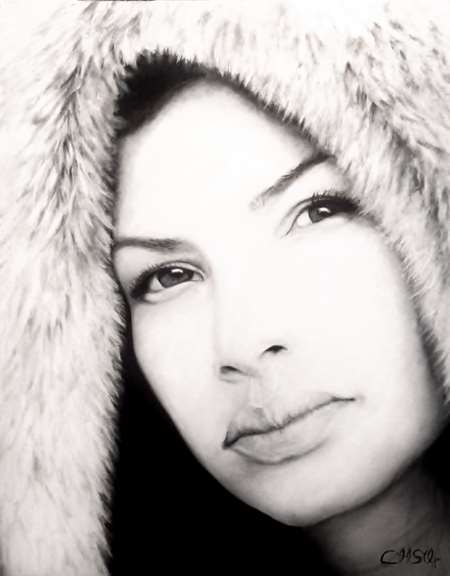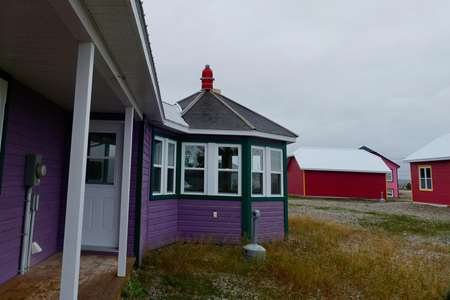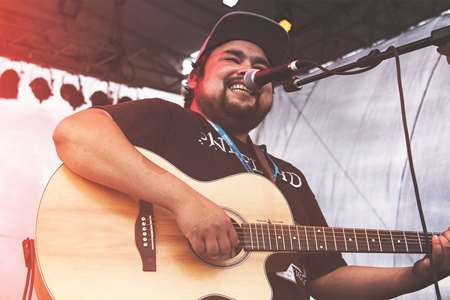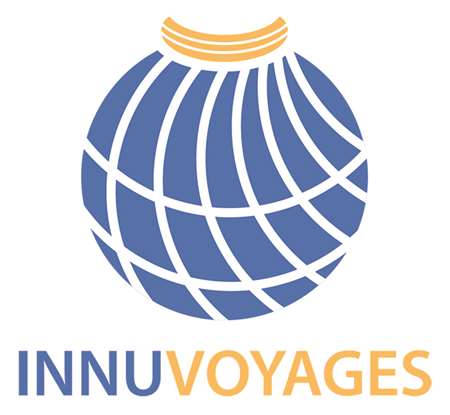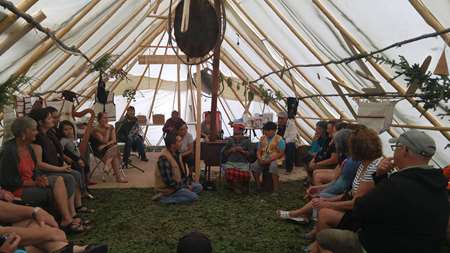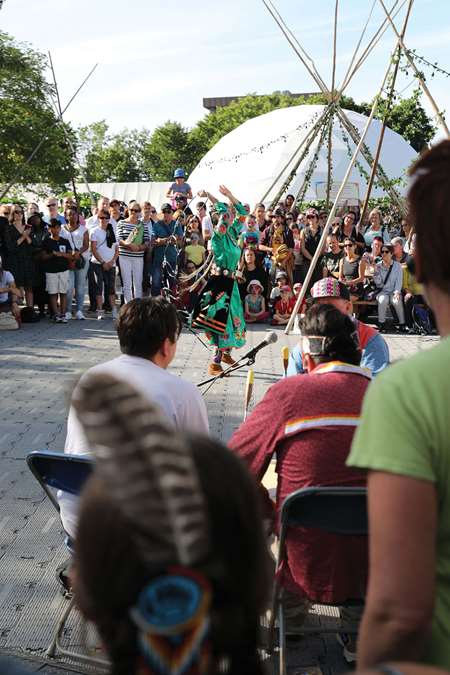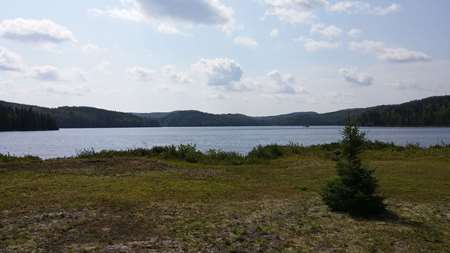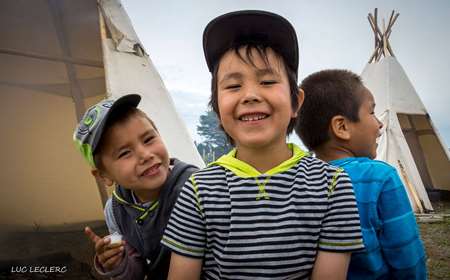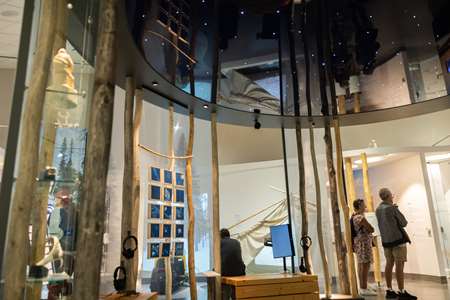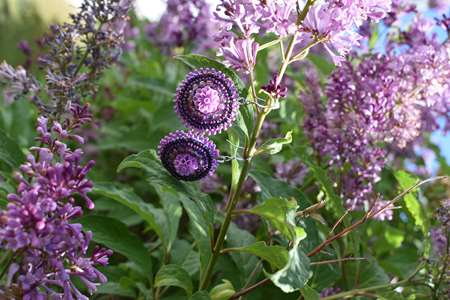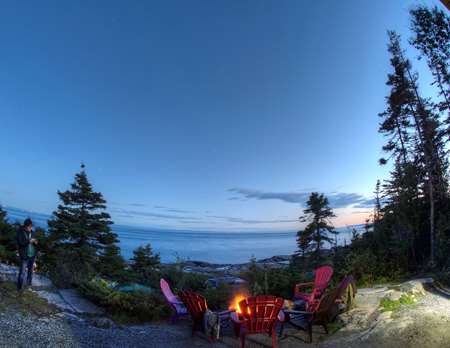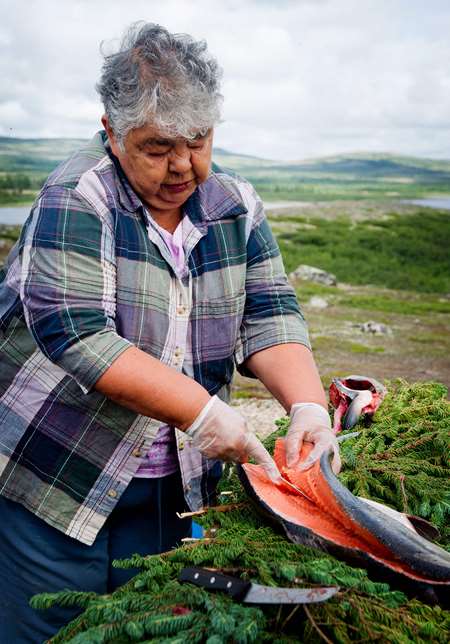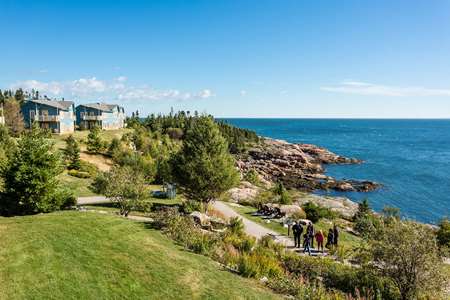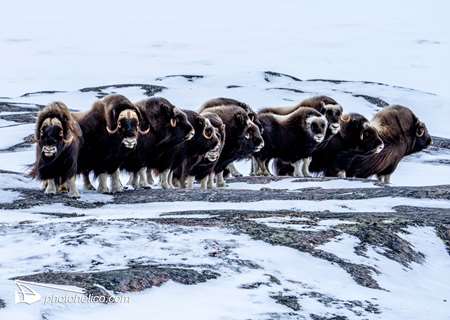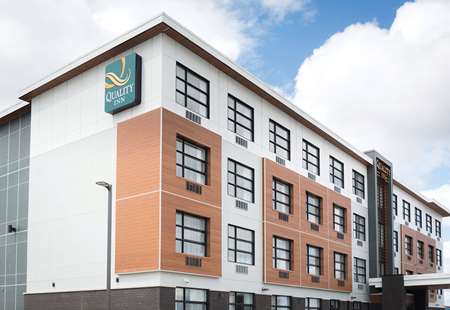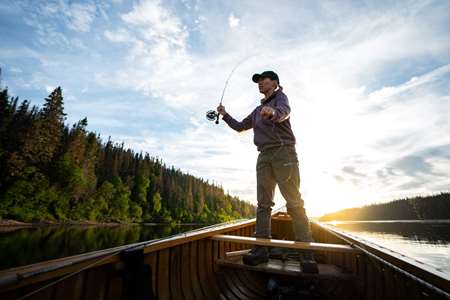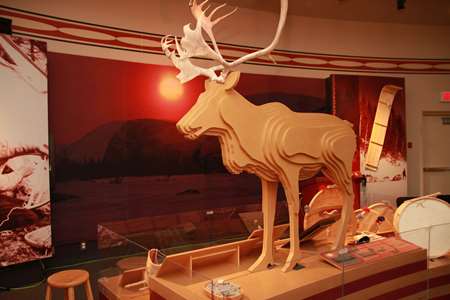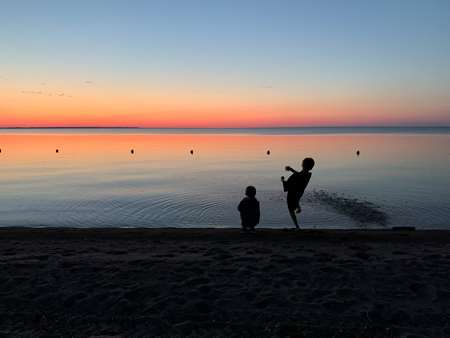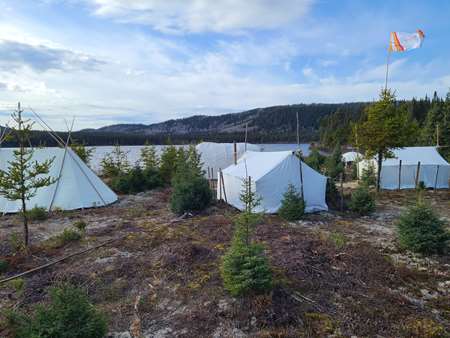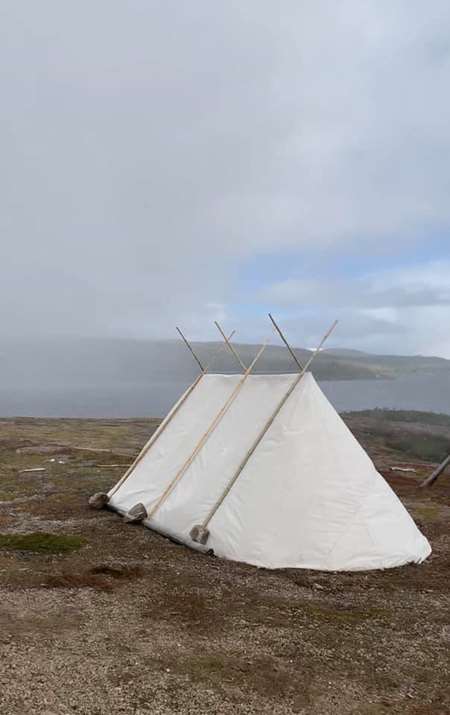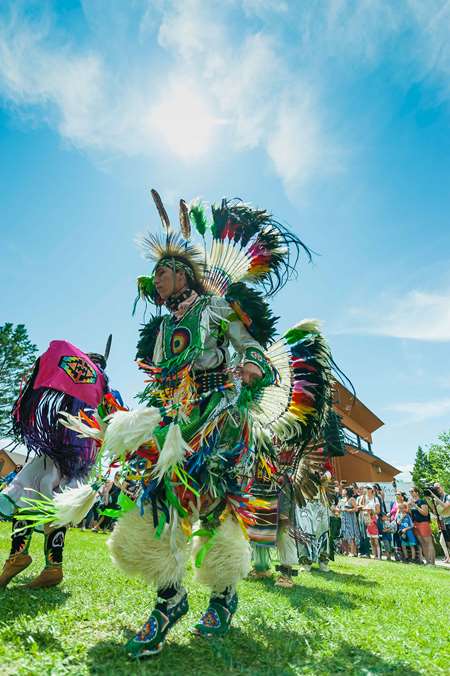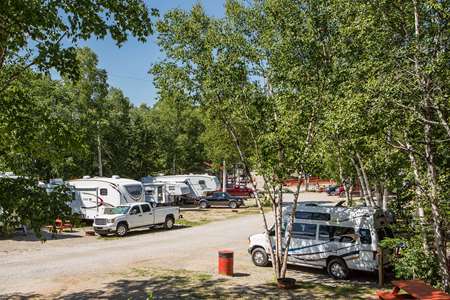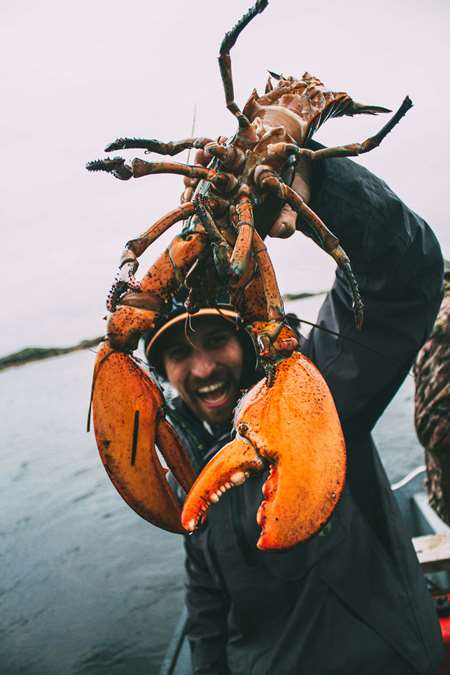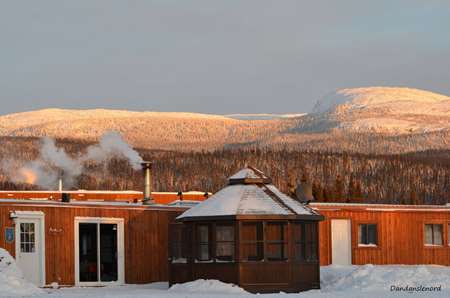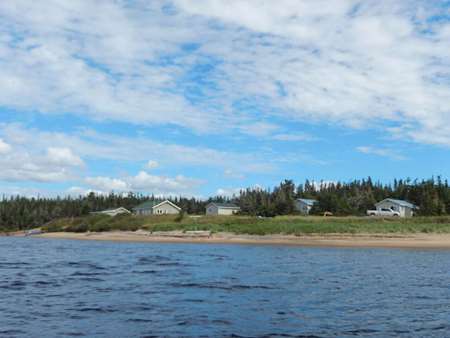
Innu/Ilnu
Called “Mountaineers” by early French explorers, due to their home among the small mountains of the Côte-Nord region, Innu is the most populous Nation in Quebec. In Saguenay-Lac-Saint-Jean (Pekuakami), they are known as the Ilnus. The innu-aimun language is still very much in use, and the culture includes various talents, such as renowned writers, poets and singers, This thousand-year-old Nation offers visitors a distinct, authentic tourism industry.
To discover
Communities
Essipit
Essipit, which means river of shells, is an Innu community enclaved within the municipality of Escoumins in the North Shore. They have a community system built on ancestral traditions and an economy that leverages a diversified and complementary tourism offer.
Pessamit
The Innu community of Pessamit, which means place where there are lampreys, is located 50 km southwest of Baie-Comeau. The population speaks Innu-Aimun and the community is building a repository of Innu legends to pass them on to future generations.
Uashat mak Mani-Utenam
Close to Sept-Îles is the Innu community of Uashat Mak Mani-Utenam. Nearly 4,608 people are members of this community which spans over two distinct territories, Uashat and Maliotenam. They speak mainly Innu-aimun and French.
Ekuanitshit
Across from the Mingan archipelago, where the Innu once hunted seal, is the Innu community of Ekuanitshit. Its name means where things run aground. The inhabitants speak French and Innu-Aimun, their ancestral language.
Unamen Shipu
Accessible by plane or boat in winter, this community of the Lower North Shore has about 1,200 inhabitants (around a thousand Innu, and the rest being Maliseet and non-Indigenous people). This community was one of the last nomadic Indigenous groups in North America and is now sedentary.
Natashkuan
Located on the shore of Natashquan River, the Nutashkuan community stands proud of its internationally recognized Atlantic salmon fishing. Key economic activities include arts and crafts, trapping and tourism.
Pakua Shipi
More than 500 kilometers from Sept-Îles, is the Innu community of Pakua Shipi which means river with sandbanks in Innu-Aimun. Until recently, the nomadic Innu traveled inland along the St. Augustine River to fish, hunt or trap salmon, trout and fur-bearing animals that are plentiful in the region.
Matimekush
The Innu community of Matimekush, which means small trout, is enclaved by the town of Schefferville in the North Shore. The main language spoken is Innu-Aimun, followed by French. Hunting and fishing are important activities given the abundance of the wildlife.
Mashteuiatsh
Mashteuiatsh is the only Indigenous community in the Saguenay-Lac-Saint-Jean region. Nowadays, the community is referred to as Pekuakamiulnuatsh (i.e., the Ilnuatsh of Pekuakami). Most of its members live on-reserve and in the Saguenay-Lac-Saint-Jean region. Previously called Ouiatchouan, the reserve was named Mashteuiatsh in 1985, but is commonly known as Pointe Bleue. The 6,780 members of this community speak Nehleun, a southern dialect of Innu-aimun, and French.
